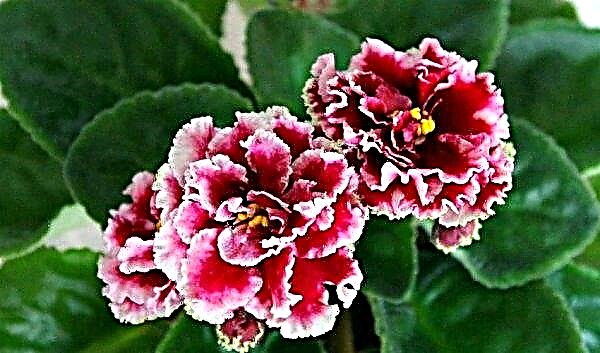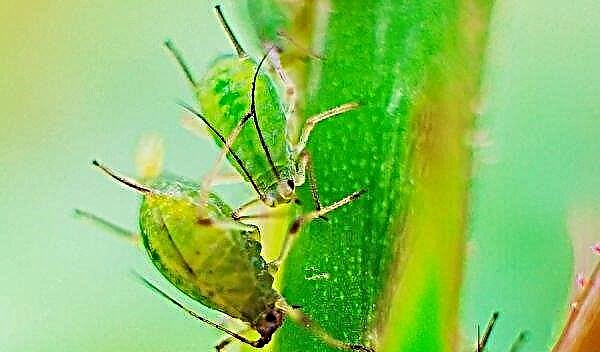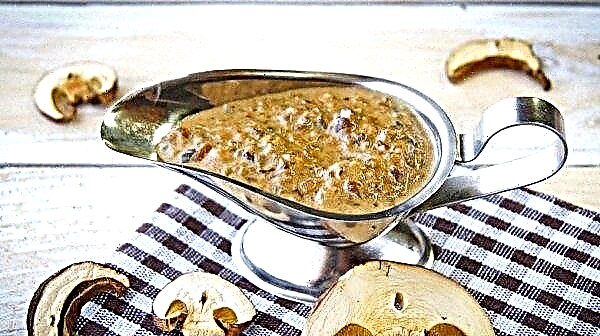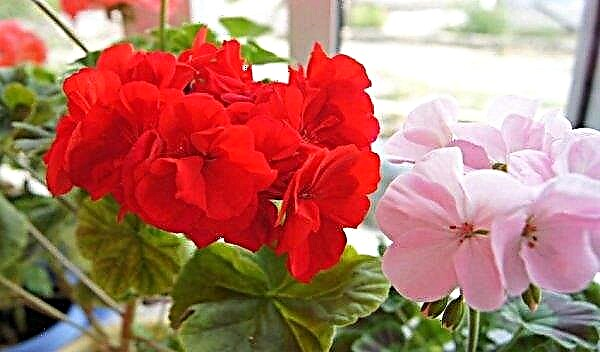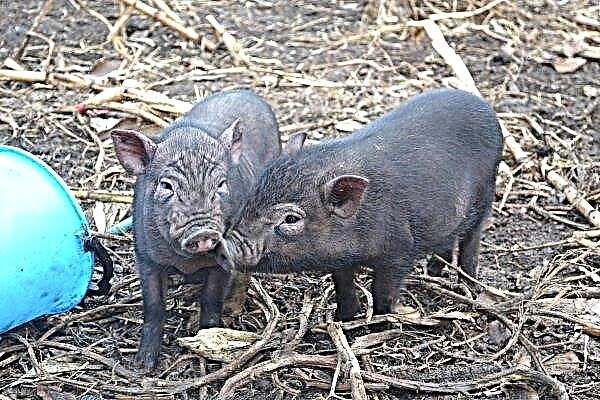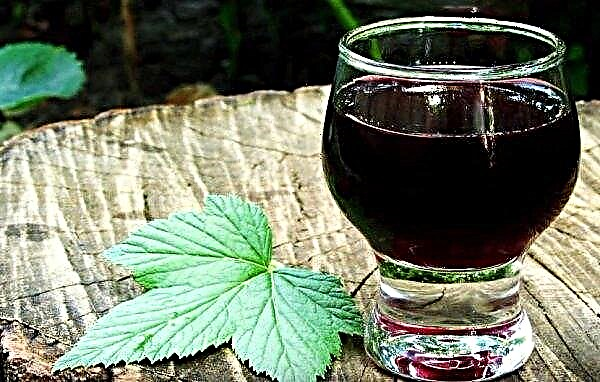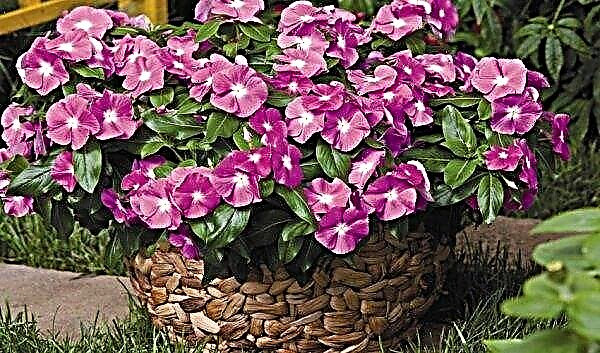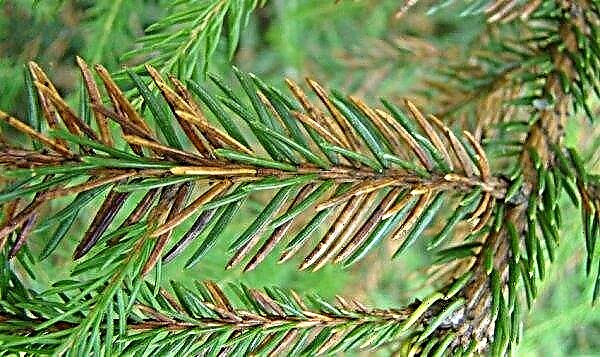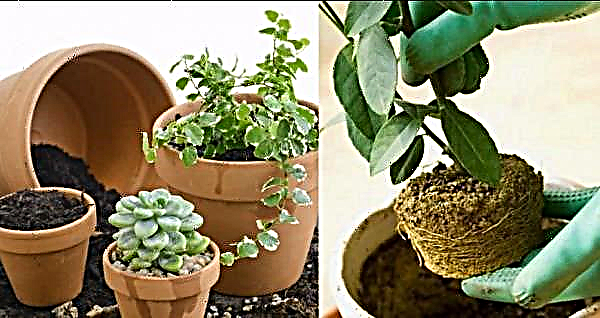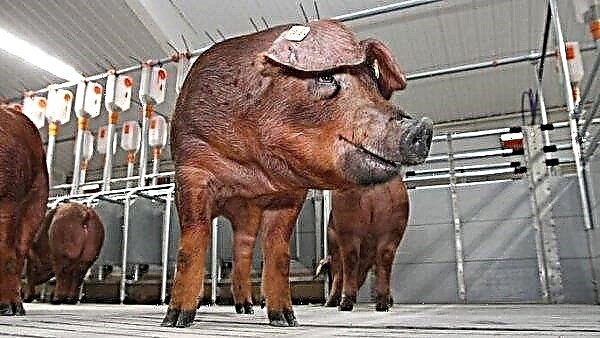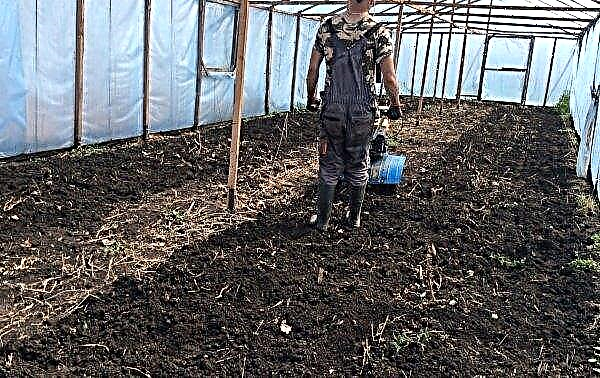Working in the garden takes a lot of time and effort, so even if it comes to sowing only garlic, I want to get a justified result. To do this, you need to take into account many nuances: what grew on a plot of land earlier, what crops can be planted nearby, how to properly use the soil after? Compliance with simple rules will allow you to get a good crop. Let's consider them in more detail.
Crop rotation rules
Plants need minerals, without which full growth is impossible. Useful substances of the culture are taken from the soil, depleting its chemical composition. It takes time to restore a plot of land, so you should know how to use the garden, getting the most out of it.
Crop rotation is an alternation of sowing, planting crops. Knowledge in this area helps to grow large crops.Important! By planting the same crop for several years in one place, you are depleting the ground, contributing to the invasion of pests and accumulating pathogens.
 The list of rules:
The list of rules:- You can not plant on the same place of culture (even if they are different), suffering from the same disease and affected by one type of pest;
- vegetables from one group do not plant next to each other;
- it is important to consider how the sown, planted affects the soil - one species can loosen the ground, another deplete and condense, the third saturate with nitrogen;
- crops with weak and strong consumption of minerals alternate in the same way as crops with short and long roots;
- in the rotation should be involved legumes that saturate the soil with nitrogen;
- the more time the earth “rests”, the better.
After what crops to plant garlic?
Considering after which crops it is better to sow garlic, it is worth noting cereals, acting as excellent siderates. Exceptions are barley and oats. In place of fodder plants, such as alfalfa or clover, it is also good to grow this vegetable. Fruit shrubs do not become an obstacle. If you have planted a garden bed for several years to harvest vegetables such as carrots, beets, onions, it is better to give this piece of land rest and sow it with something less depleting, and better with crops that restore soil nutrients. At the same time, potatoes, tomatoes, beans, cabbage, strawberries have less nutrient requirements, the land does not suffer from these crops so much. Consider the key points.
If you have planted a garden bed for several years to harvest vegetables such as carrots, beets, onions, it is better to give this piece of land rest and sow it with something less depleting, and better with crops that restore soil nutrients. At the same time, potatoes, tomatoes, beans, cabbage, strawberries have less nutrient requirements, the land does not suffer from these crops so much. Consider the key points.
Did you know? In large quantities, garlic is harmful to eat. More than 5 cloves per day can trigger flatulence, heartburn, discomfort in the stomach. To benefit, just eat 1–2 cloves per day.
Allowed
Garlic has a short root system. Following the rules of crop rotation, it is necessary to sow it in the place where before that culture with a long root grew. This is due to the fact that plants took nutrients deeper than garlic needed, depleted a deeper layer, leaving trace elements on the surface.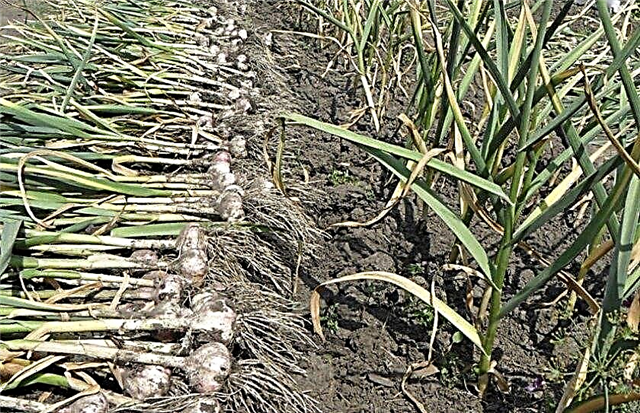 It is convenient for gardeners that they sow a vegetable in the fall, more often even in the winter, when the crop has already been harvested, and the garden is free. Fertilizers are not introduced into the ground.
It is convenient for gardeners that they sow a vegetable in the fall, more often even in the winter, when the crop has already been harvested, and the garden is free. Fertilizers are not introduced into the ground.
The best crops that precede planting:
- cereals;
- cucumbers
- cauliflower;
- forage grass;
- peas, beans, beans;
- zucchini and squash;
- buttocks;
- pumpkin.

Prohibited
There are several vegetables, after which garlic can not be grown:
- carrot - the soil after it is substantially depleted, it is recommended to leave the earth alone for a year so that it is restored;
- bow - consumes a lot of potassium from the soil, this trace element is practically absent after it, which is detrimental to garlic (there is a high probability of defeating fusarium).
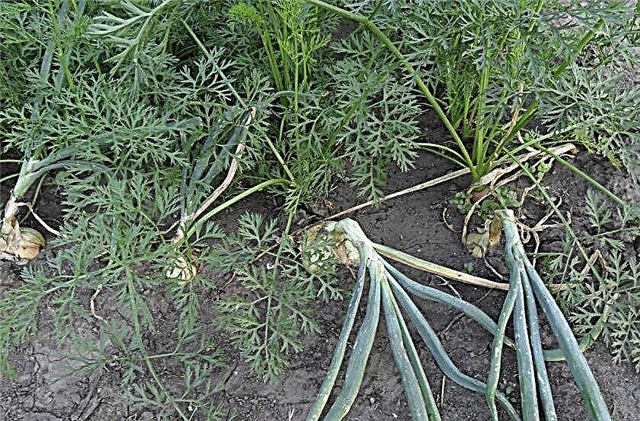
Best neighbors for garlic
It is important to choose the right neighbors in the garden. Near garlic, it is good to plant cucumbers, beets, carrots, strawberries and tomatoes.
For the vegetable itself, the neighborhood with horseradish, chicory, and calendula is useful. Do not plant bean and parsnip next to it.Important! Thanks to the garlic flavor, the Colorado potato beetle, aphid, bear, carrot flies are much less interested in the crop.
What can be planted after garlic?
On the site where the harvest of winter garlic was harvested, you can sow:
- salads and greens - dill, lettuce, spinach;
- siderates - alfalfa, peas, rye, clover, white mustard, buckwheat, melilot, canola.
 In the soil after spring plant:
In the soil after spring plant:- cucumbers and tomatoes;
- beets and potatoes;
- strawberries and legumes.
Did you know? Garlic is prohibited for pregnant and lactating women. It contains the poisonous substance sulfanil-hydroxyl ion, which can harm the brain, causing a delayed reaction and impairing the function of thinking.
Adhering to the rules of crop rotation, you will get a rich and healthy crop. Choose a sunny place for sowing garlic and make sure that the water does not stagnate in the area.

